You see, my DH, Dave, has this book that lives in “his” bathroom. We have two bathrooms on our main living level. The half bath is where lots of people visit . . . but the full bath is really for guests who stay in the bedroom close by. Dave considers that bathroom “his.” And in that bathroom lives this book, Uncle John’s Unsinkable Bathroom Reader (Uncle John’s Bathroom Reader). It resides on the floor just next to the . . . ahem . . . throne. It contains a jillion snippets of stories, articles, jokes, and general miscellaneous information, suitable for a short read. My cousin Gary gave a similar book to Dave one Christmas, and it finally was so tattered and used it needed to be replaced, so last year I bought him a newer one. Thus.
So my DH brought the book out to me, as I was sitting at my kitchen computer (which I’ll just mention here, is brand new about 3 months ago and it’s already crashed and died this week, so I’m currently typing on my mini-laptop that I usually take on trips). Anyway, I was writing up a post, and he said “do you want to know how eBay got started? It’s not what you think.” I said “sure.” It was interesting. Enough so that I thought I’d share it with you.
The general myth about eBay is that Pierre Omidyar (the genius who did start e-Bay) was talking with his then fiancée (now his wife) Pamela, who was a collector and trader of PEZ candy dispensers and she said something like “wouldn’t it be great if there was a place online where people could trade?”
The real story is somewhat different. Pierre Omidyar is French-Persian, and moved to the U.S. from Paris when he was six years old. His father was attending a medical residency at Johns Hopkins University. Young Omidyar, became positively enchanted with computers and programming. Having graduated from Tufts University in Boston with a degree in computer science, he moved to Santa Clara, California. He did work as a programmer for awhile, then he and some friends started Ink Development Corp, and pen-based computer company. But he veered the company off to an area he thought would be a hot item – internet shopping. And he came up with the name eShop. It was successful (mildly so, enough that Microsoft eventually bought it). Omidyar then decided he wanted to look into starting an internet auction site. He thought that bidding on an object would create more interest, some excitement too. You can look at a more graphic history of Omidyar (and eBay) on eBay’s website.
Over Labor Day weekend in 1995, he stayed home, holed up, and wrote the computer code for an auction-based website. On September 3rd, 1995 he launched it – as ugly, clunky and awkward as it was – merely adding it to an existing website he had already for his internet consulting business. The address of that site was the company’s name, Echo Bay Technology Group. Omidyar tried to register his new “business” as EchoBay, but it was already taken by a Canadian gold mining company, so he shortened it and eBay was born.
At this point eBay was just a hobby for Omidyar. He was still working full time at his day job – until his internet provider forced him to change from a private account to a commercial one because of the volume of traffic. His fees went from $30/month to $250/month. So, he decided to start charging users a small fee – thinking that he’d hear a backlash about it. Not so – checks began arriving. So many checks he had to hire an employee to handle all the payments. By March of 1996 Auction-Web’s monthly revenue was up to $1,000. April it was $2500. May $5000. June it leaped to $10,000. That’s when he quit his day job.
Next he hired a computer geek, Jeff Skoll, who happened to have a master’s degree in Business Administration from Stanford. What he did first was make this auction web thing a stand-alone site. Up until then it still shared a website for his consulting business, and a site about the Ebola virus (yes, really). Early on, Omidyar had done just a little bit of “advertising,” if you could call it that, by mentioning his auction website on some bulletin boards. So he added a bulletin board at eBay too. Some people began asking questions on the bulletin boards – about how to use eBay, mostly answered by other, more experienced users. Thus giving eBay it’s own (free) tech support. One of the early bulletin board gurus was a man who called himself “Uncle Griff.” A curious questioner once asked him what he looked like. He responded, “I’m wearing a lovely flower print dress and I just got done milking the cows,” which put Griff (Jim Griffiths by name) into eBay lore as their “cross-dressing bachelor dairy farmer who likes to answer questions.” Uncle Griff was so respected on the bulletin boards that finally Skoll hired him as their first tech support employee.
The company was so successful it went public in 1998 – eBay was worth $2 billion that day. By 1999 it was worth over $8 billion. And somewhere in there Meg Whitman (currently hoping to run for Governor in our state) held the CEO reins for some years. What made eBay a bit more unique is that they kept updating the model – adding the feedback feature (rating the sellers) in 1998; then adding PayPal in 2002.
Omidyar and his wife Pamela are worth more than $7 billion (maybe not so much now since this book was published – I haven’t gone to look up the stock’s worth) and they devote most of their time to Omidyar Network, a philanthropic organization that helps poor people around the world get into business. They’ve pledged to give away all but 1% of their fortune over the next 18 years. Omidyar says: “My mother taught me to treat other people the way I want to be treated and to have respect for other people. Those are just good basic values to have in a crowded world.”
Amen. This certain was a departure from my usual food stories, but I hope you enjoyed reading about this as much as I did . . . Carolyn T




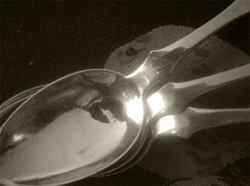


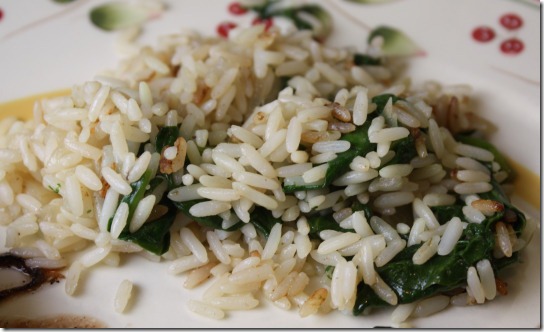
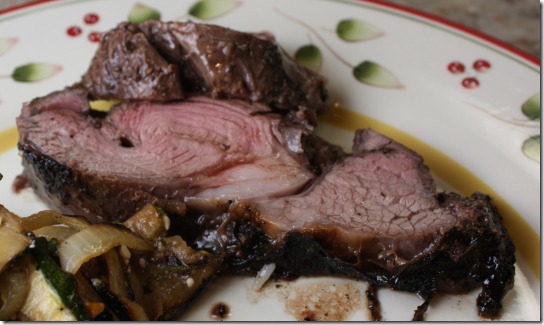
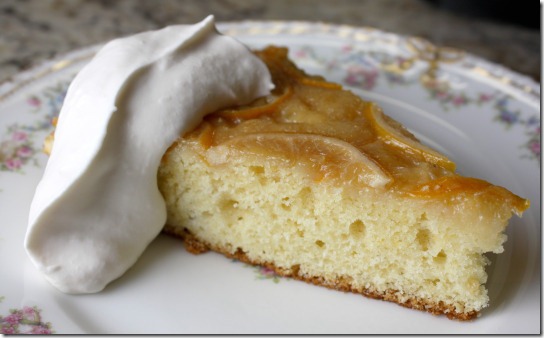

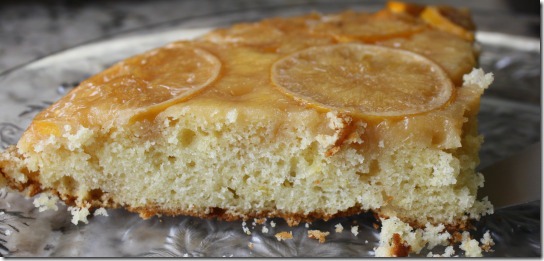
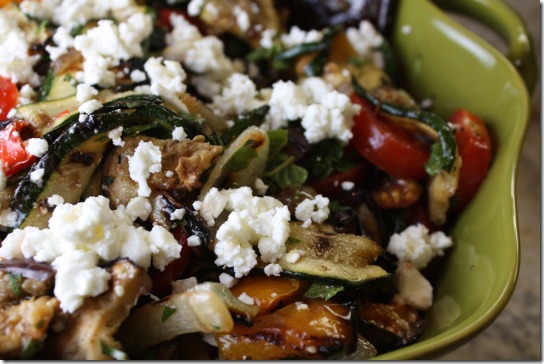

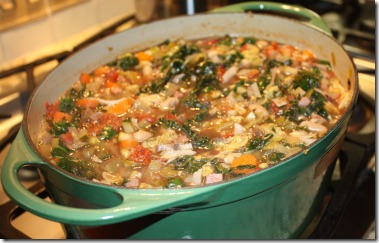
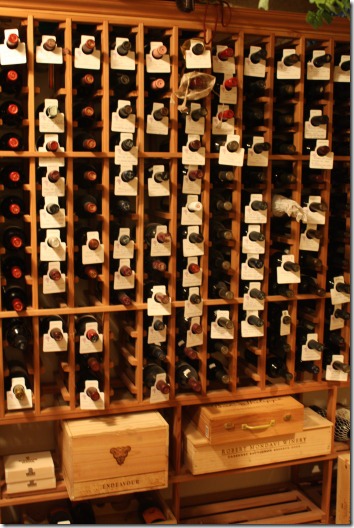
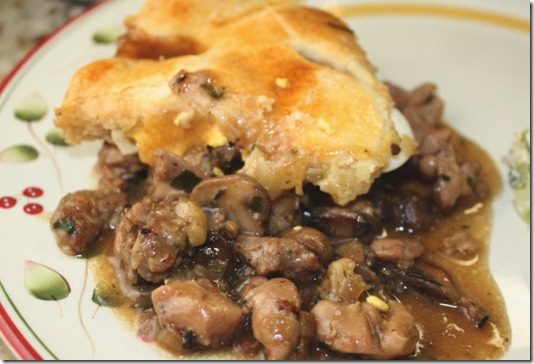
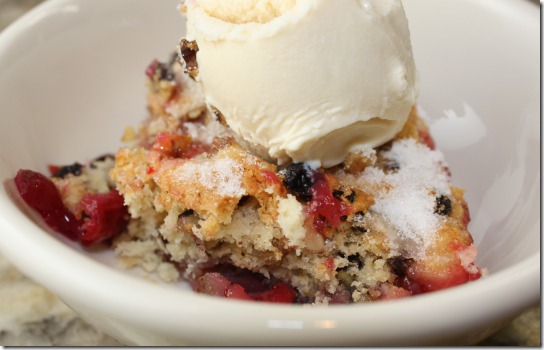
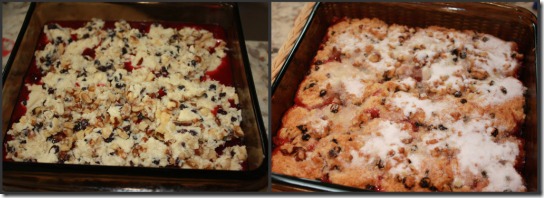

Leave a Comment!